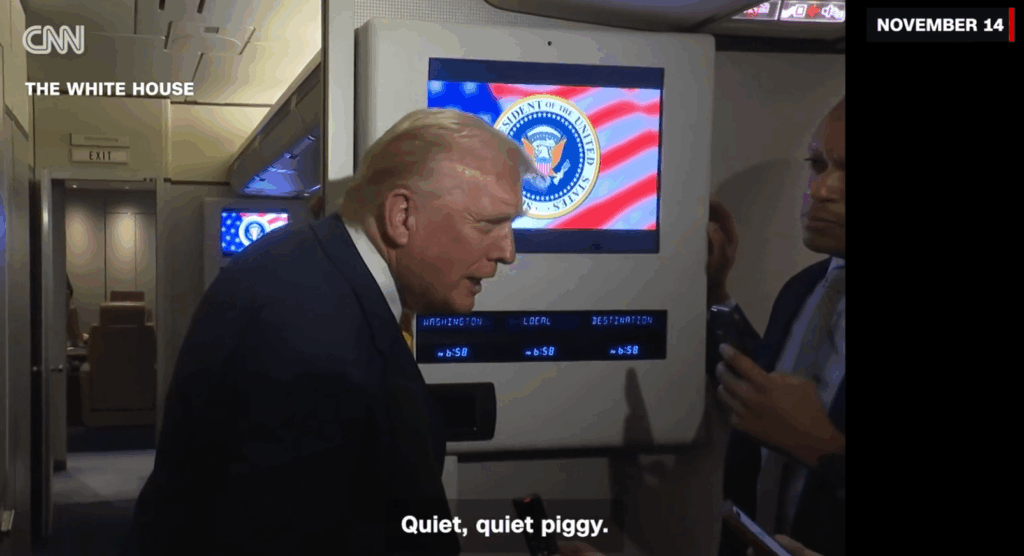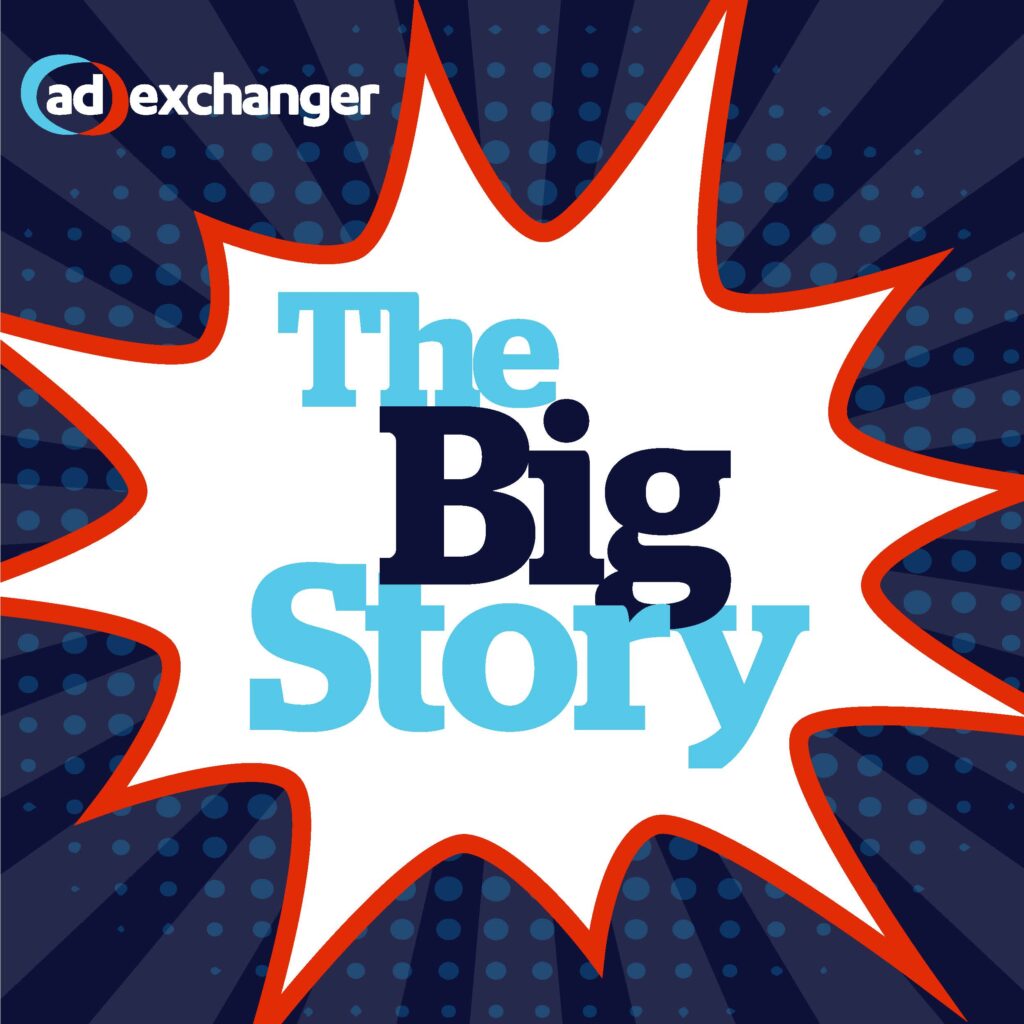The hottest space in online advertising is search engine marketing. Google is about to go public and have a market capitalization that will be the envy of just about all online media companies this side of Pluto.
What Google, Industry Brain, Overture, and other search engine vehicles have is a combination of two powerful methodologies: Text and Context. By placing text ads in contextual settings, we may be onto the best “new” thing around. A picture may be “worth” a thousand words, but text is king when it comes to response.
Why?
The eye candy that most advertising agencies like to develop is a great way to develop creative fees, but simply put; they generally do not perform as well when it comes to click through rates. And advertisers are beginning to learn the direct marketing creed that “not all clicks are created equally.” Test after test from our e-commerce division proves to us that clicks that originate from text advertisements CONVERT anywhere between 5 and 10 times better than graphic-heavy advertisements.
We at Penn Media are agnostic as to the image-text debate. In actuality, we would be much more successful selling advertising inside HTML newsletters with wonderful graphics than simple, low-tech text. Advertising agencies would love to create the next great graphical ad to be placed inside millions of double opt-in publications. But we have converted all of our publications exclusively to text based newsletters.
Once again- Why?
We are not masochists, but realists. We believe that the numbers do not lie. Google, Overture and the other successful search engine media outlets discovered what we learned the hard way. We use only text ads inside text newsletters (or e-zines) and have developed 44 different context channels. These channels range from humor and entertainment to technology and investment channels.
So what is behind this counter-intuitive text-based revolution? It appears low tech…and looks a lot like emails you get from friends and family. AND THIS IS THE POINT. We have almost been trained to ignore banners and graphic images on websites. But we have been trained to read information.
Whether this information is email from a friend, text offering information that you subscribed to or text on a page where you have searched for information on asteroids or hemorrhoids, ads in this format are more likely read and therefore people click with purpose after reading.
Relevance and Context
Simple text, when placed in the right environment will outperform eye-candy. What is the right environment? Advertising that is relevant to the content. For example Penn Media’s email network has forty-four “context channels” within which advertising can be placed. These are highly specific categories of text newsletters that advertisers can place their 75-word text advertisements.
We match the context they wish to be in with their message. The more these match, the more effective the advertising. Google, Overture and the rest of the search engines run off “key words” or “key phrases” to match advertising with context. The theory behind text newsletter advertising and search engine advertising is essentially the same.
But the future is clear. The more intelligent search engine algorithms get, the more advertisers will learn that context and relevance trump all other factors in advertising. Text will assume an even higher degree of acceptance in the online advertising industry because it can be changed quickly. Agencies are going to have a hard time facing a heavily laden text future because there is simply not much money in it for the agency.
Jaffer Ali is the founder and Chief Strategic Officer of Penn Media, the largest email newsletter network. Since 1998, Penn has served more than 500 billion text ad impressions. You can reach Jaffer at : Jaffer@PennMedia.com



